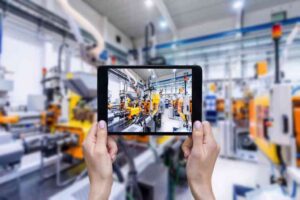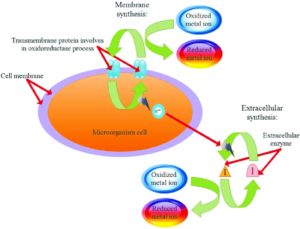Career Opportunities in Product Design – Geeta University
Uncategorized best college, Best University in Haryana, Geeta University, Product Design - Geeta University, Uncategorized
After finishing a UG level programme in Product Design, applicants can either continue their studies or find work. After completing such a course, the most popular career profile that candidates pursue is that of a Product Designer. A product designer’s tasks begin with meeting the client and getting a client brief.
Career Opportunities in Product Design
After finishing a UG level programme in Product Design, applicants can either continue their studies or find work. After completing such a course, the most popular career profile that candidates pursue is that of a Product Designer. A product designer’s tasks begin with meeting the client and getting a client brief. The product designer performs user research and benchmarking after getting the brief. Following the completion of these phases, a product designer creates a design proposal. The product designer must then refine these concepts and begin sketching preliminary designs. They must decide on appropriate materials and resources to construct the product once they have a rough idea of the design.
In addition, the product designer employs computer-aided design tools to create comprehensive blueprints of the product. Following that, they create prototypes, which are functioning models/mocks/samples of the product. The models are then examined, and it is determined if the things produced are simple to use or not. After this testing is completed, all flaws or faults in the product are corrected, and the product is eventually constructed in such a manner that it is both cost-effective and simple to use.
What is product design?
Before delving deep into the realms of “Product Design” we must first understand the meaning and relevance of ‘Product’ as a micro term. So what exactly is a product? Until recently, the term was only applied to something tangible, typically found in a retail store. Nowadays, it also refers to digital products. Apps and websites are examples of modern products.
Design is the most crucial “feature” when we talk about well-crafted creations. We’ve reached a point where product design is king — it’s what distinguishes businesses and gives them a competitive advantage. Whether it’s technology, apparel, goods for the home, or other necessities, we all rely on different things to suit our everyday demands. The truth is that all customers want the newest things available, made of the highest quality materials, and beautifully crafted.
To produce your best work, whether you’re a designer, developer, product manager, programme manager, marketing manager, or project manager, you must understand (and have a reference guide to) the product development process.
Thus, it can be concluded that “Product Design” is the process of creating a useable product that satisfies the demands of the consumer by identifying the user’s problems and devising innovative solutions to these challenges. The phrase can also refer to the end outcome of this process, such as the design qualities of an existing object. Product design is founded on design thinking, which is a creative approach to problem solving.
Why should you choose Geeta University?
Geeta University offers a four-year undergraduate degree with eight semesters called the Bachelor of Design (B. Des) in Product Design. We take immense pride in acquainting all of our readers that we hold the position for best university for Bachelors in Product Design all across Haryana. Our program promotes an extensive investigation of design practice with a focus on user-centered approach, design thinking, and other areas. We help our students
build management, technical, and critical thinking abilities in line with the current discourse in the business. Using entrepreneurial thinking to enhance one by following industry thought leaders. The course emphasizes process-driven assignments that look at every facet of industrial design, from conception to execution. We give our students a broad range of design abilities and thought processes so they can clearly communicate their design concepts and thinking. Our top-notch facilities and workshops support the creation of prototypes and models for various design briefs.
- By Rydhum
- August 4, 2022
Related Posts
INTRODUCTION TO ENERGY-EFFICIENT AND NET-ZERO BUILDINGS
INTRODUCTION TO ENERGY-EFFICIENT AND NET-ZERO BUILDINGS Recently, there has been an increasing focus on sustainability and minimizing environmental effect, especially in the building sector. Energy-efficient and net-zero buildings have become crucial solutions to tackle these challenges. An energy-efficient structure is

Automation: Integration with Manufacturing
Automation: Integration with Manufacturing The reconciliation of robotization in assembling, frequently alluded to as Industry 4.0 or the fourth modern upset, includes the consistent joining of trend setting innovations to advance and improve the whole assembling process. This combination plans

Microbial Synthesis of Nanoparticles
INTRODUCTION: Nanoparticles, which are demarcated as particles with as a minimum one measurement measuring hundred nanometres or fewer, have gained a lot of consideration because of their distinctive and alluring characteristics as well as their beneficial applications compared to their



